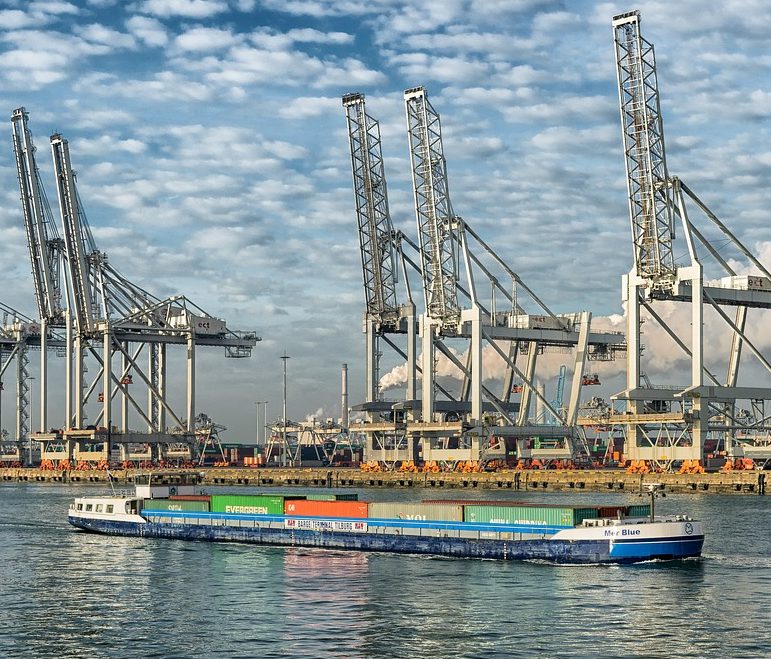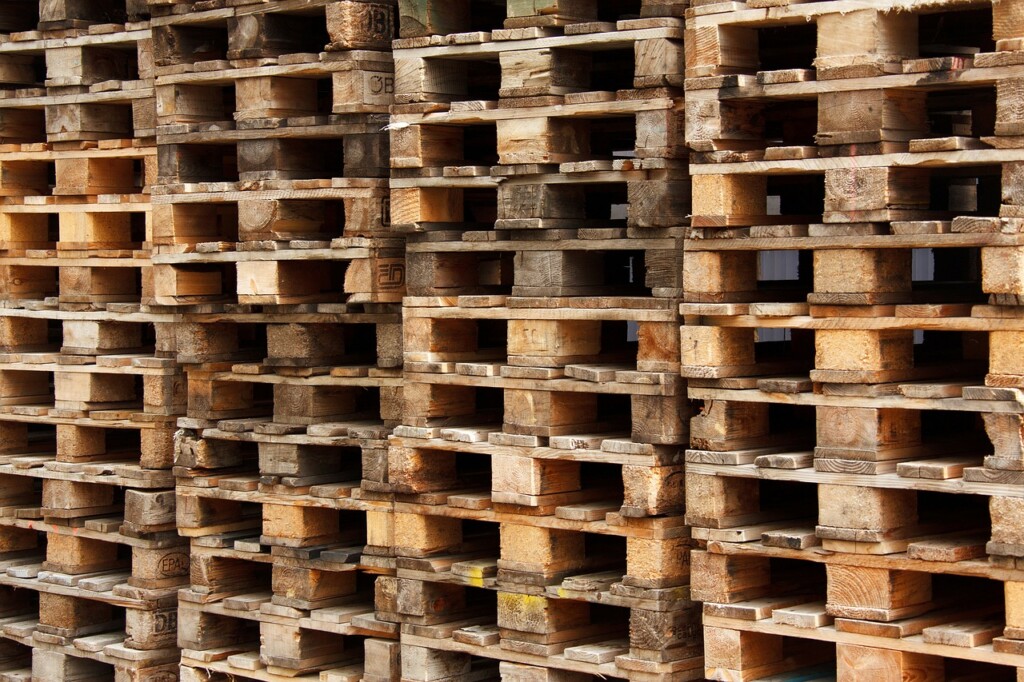All companies must process VAT on imports, complying with specific rules regarding declaration and invoicing to avoid issues with tax authorities and high penalties. The requirements vary depending on whether the country of origin of the goods is intra-community or not part of the European Union.
Generally, VAT on imports must be processed at the time of customs clearance by completing the Hacienda form 031 and the corresponding payment form. However, for the importation of products from other EU countries, certain requirements must be met:
Performing accurate calculations to obtain VAT is essential to expedite procedures and avoid penalties. Bull Importer offers a comprehensive management service to facilitate our clients’ strict compliance with import procedure requirements.
- Transportation must commence within the European Union, and the destination must be Spanish territory.
- Canary Islands, Ceuta, and Melilla are not considered EU customs territories.
- Buyer and seller must be registered professionals in the VIES system (VAT Information Exchange System) and be enrolled in the Registry of Intra-Community Operators (ROI).
To deduct VAT incurred on imports, it is necessary to have the DUA (Single Administrative Document). This document is also required to comply with customs procedures.
Calculating VAT on Imports from Third Countries
When imported goods come from third countries, calculating the VAT taxable base is more complex than for intra-community countries. In addition to the price paid for the imported product, customs duties or expenses derived from passing through customs must be added.
To manage this correctly, we cannot skip any steps in the VAT calculation:
- Identify the origin of the goods and classify them according to the relevant tariff nomenclature or TARIC code (the code determines duties and VAT).
- Know the CIF value of the goods or customs value. This amount is the sum of the FOB value, insurance cost, and freight cost. The import duty amount is applied to this value to obtain the Import Duty Amount.
- Know the VAT taxable base, calculated by adding the customs value, import duty, port charges, and unloading and handling costs.
- Apply the VAT rate by multiplying the VAT base by the percentage.
The final result of these operations will be the amount of tax on the international trade transaction.
A Practical Example
Let’s say we want to import a shipment of frames for prescription glasses from China. Prescription glasses frames are considered Class I medical devices, so a reduced VAT rate of 10% applies.
The costs of the goods, fees, insurance, and other expenses could be as follows:
- FOB value of the goods: €10,000
- Freight: €1,000
- Insurance: €90
- Port Charges: €50
- Unloading: €150
- Customs Duty: 2.20%
- VAT: 10%
With the above data, we calculate the VAT:
- Customs Value (FOB value + freight + insurance):
€10,000 + €1,000 + €90 = €11,090
- Duty (customs value x duty):
€11,090 x 2.20% = €243.98
- VAT taxable base (customs value + duty + port charges + unloading):
€11,090 + €243.98 + €50 + €150 = €11,533.98
- VAT (VAT taxable base x applicable VAT):
€11,533.98 x 10% = €1,153.398
Therefore, we would have to add €1,153.398 of VAT to the import costs.
This is just one aspect to consider when importing goods from third countries without issues with tax authorities. Errors in calculations or documentation presented can lead to significant delays and even hefty fines. If you prefer to delegate these procedures, at Bull Importer, we offer a comprehensive management service that complies with the requirements and regulations of the competent authorities to ensure your import operations are safe and reliable.




